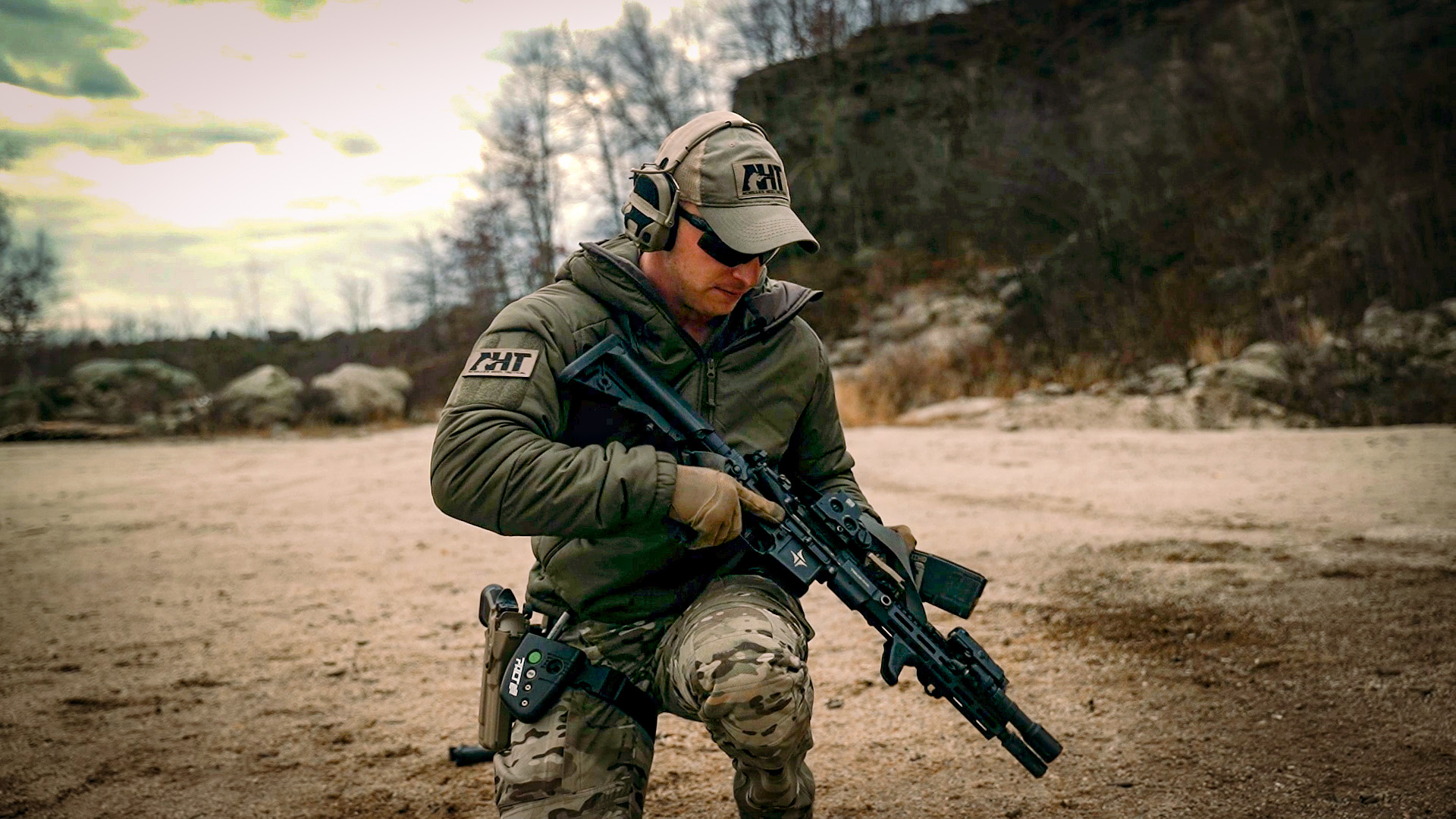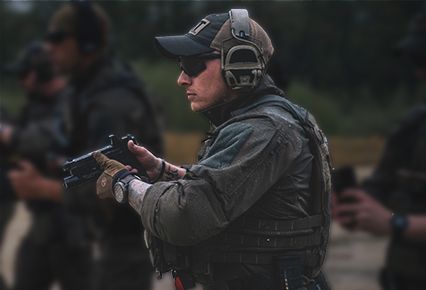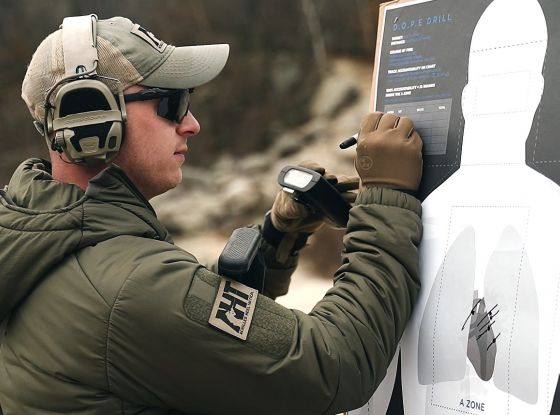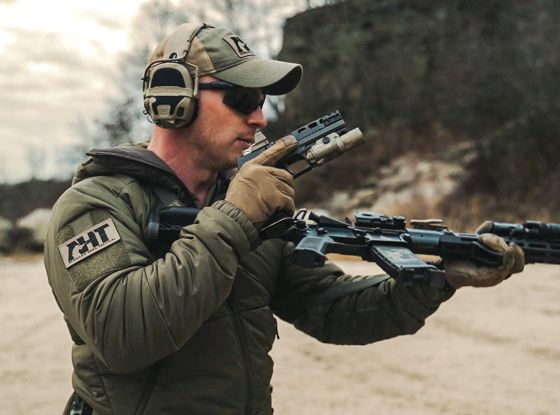Anyone who ever regularly shoots rifles has had to reload at some point. Reloading is an essential skill for any marksman, whether they are in law enforcement or the military. A properly executed reload can make all the difference in a gunfight. However, reloading is not without its hazards.
In this blog post:
There are many things that can go wrong during the reloading process, which is why it is so important to be familiar with the mechanics of reloading and common reloading malfunctions. In episode five of Pro’s Guide to Rifle Fundamentals, we talked about Task Focus Isolation Drills and how to perform them. This time, we’ll discuss reloading your rifle and how to train to avoid common reloading malfunctions.
Reloading your rifle is a fundamental shooting skill that must be performed correctly in order to maintain control of your weapon and keep yourself safe. A reload can be performed under a variety of circumstances, and there are many different techniques that can be used to reload your rifle quickly and efficiently.
However, regardless of the technique you use, there are a few basic principles that must be followed in order to avoid common reloading malfunctions.
These principles include:
1. Ensuring that the firearm is pointed in a safe direction at all times
2. Checking that the magazine is properly seated in the magazine well
3. Keeping your finger off the trigger until you are ready to fire
4. Racking the charging handle to chamber a round
If you follow these basic principles, you will significantly reduce the likelihood of experiencing a reloading malfunction.
Types of Reloads
You will need to be familiar with two basic types of reloads: emergency reload and tac reload (tactical reload).
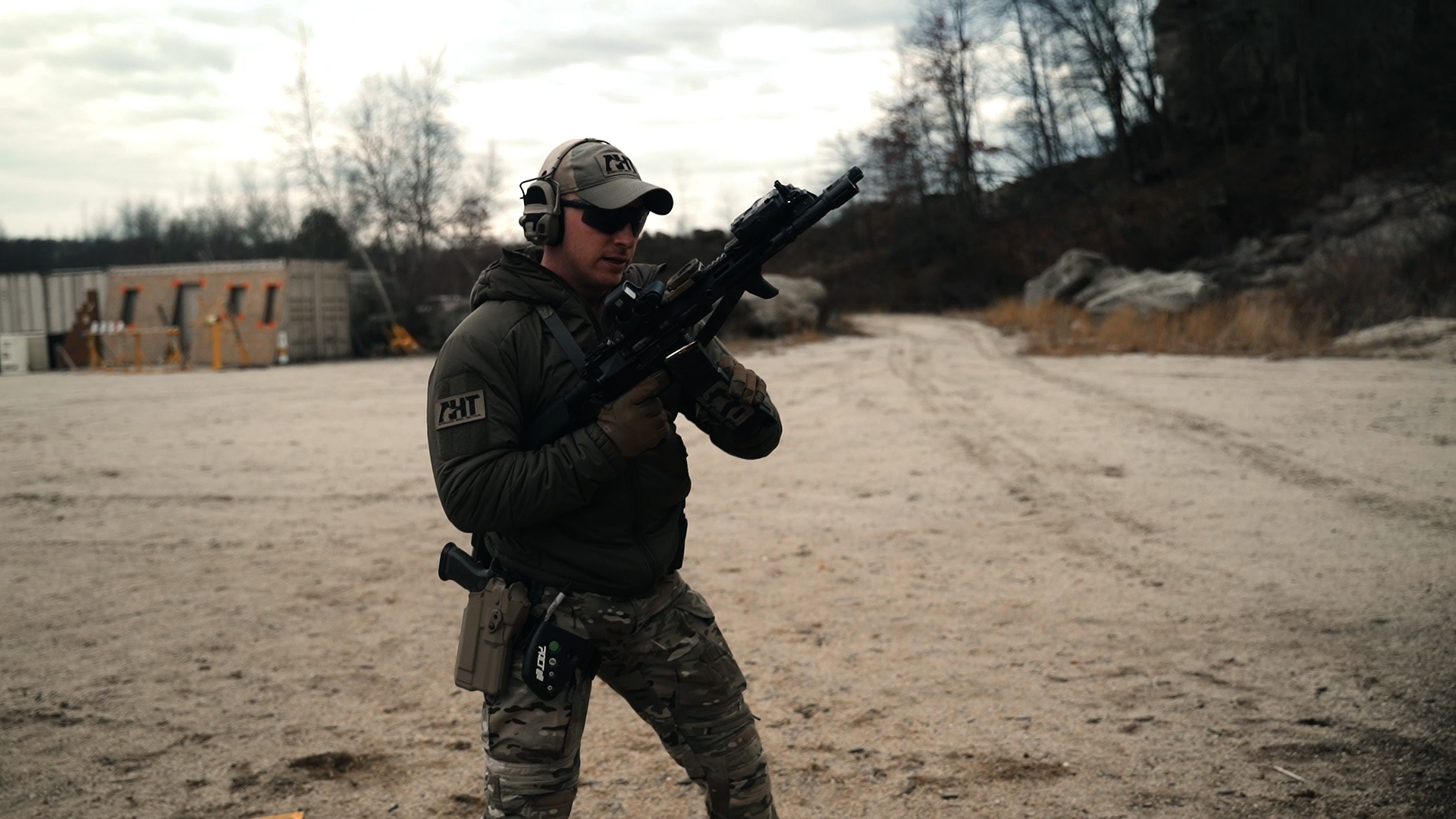
Emergency Reload
The reload process is a delicate balance between time, distance, and skill. We’re going to talk about how you can quickly reload your weapon to keep up with the situation at hand while still being mindful of safety concerns that arise when doing so effectively without any drawbacks or wasted effort.
Step 1: This involves raising your non-dominant side arm off its forward grip by taking away some tension there, which allows for room enough to place your trigger finger again. Once ready; you’ll place yourself into firing position and slowly bring down the right hand towards the rearward part along the exterior surface of stock so that the index finger can find its way into the trigger guard and subsequently onto the trigger.
Step 2: Pull the charging handle rearward with a non-dominant hand while maintaining a firing grip on the rifle with a strong hand; release the charging handle once it locks to the rear. At this point, you will have an empty chamber and a full magazine.
Step 3: Insert the new magazine into the well. To do so, you will need to use your non-dominant hand to depress the magazine release button while using your strong hand to pull down the forward assist knob. This will help guide the magazine into place. Ensure the magazine is locked in place by giving it a little wiggle.
Step 4: Release the charging handle. Doing so will chamber a new round, and you will be ready to fire again.
Tactical Reload or Reload of Opportunity
The next type of reloading is Tac Reload or “reload of opportunity.” This happens when you’re firing your weapon and want to be proactive within your mindset while engaging targets. Put the gun back on safe once you’re done firing so it doesn’t shoot by accident! You might also want to top off your magazine if you have the opportunity. Take advantage of these quick hits before going again at close range or if the situation changes and you’re still in it.
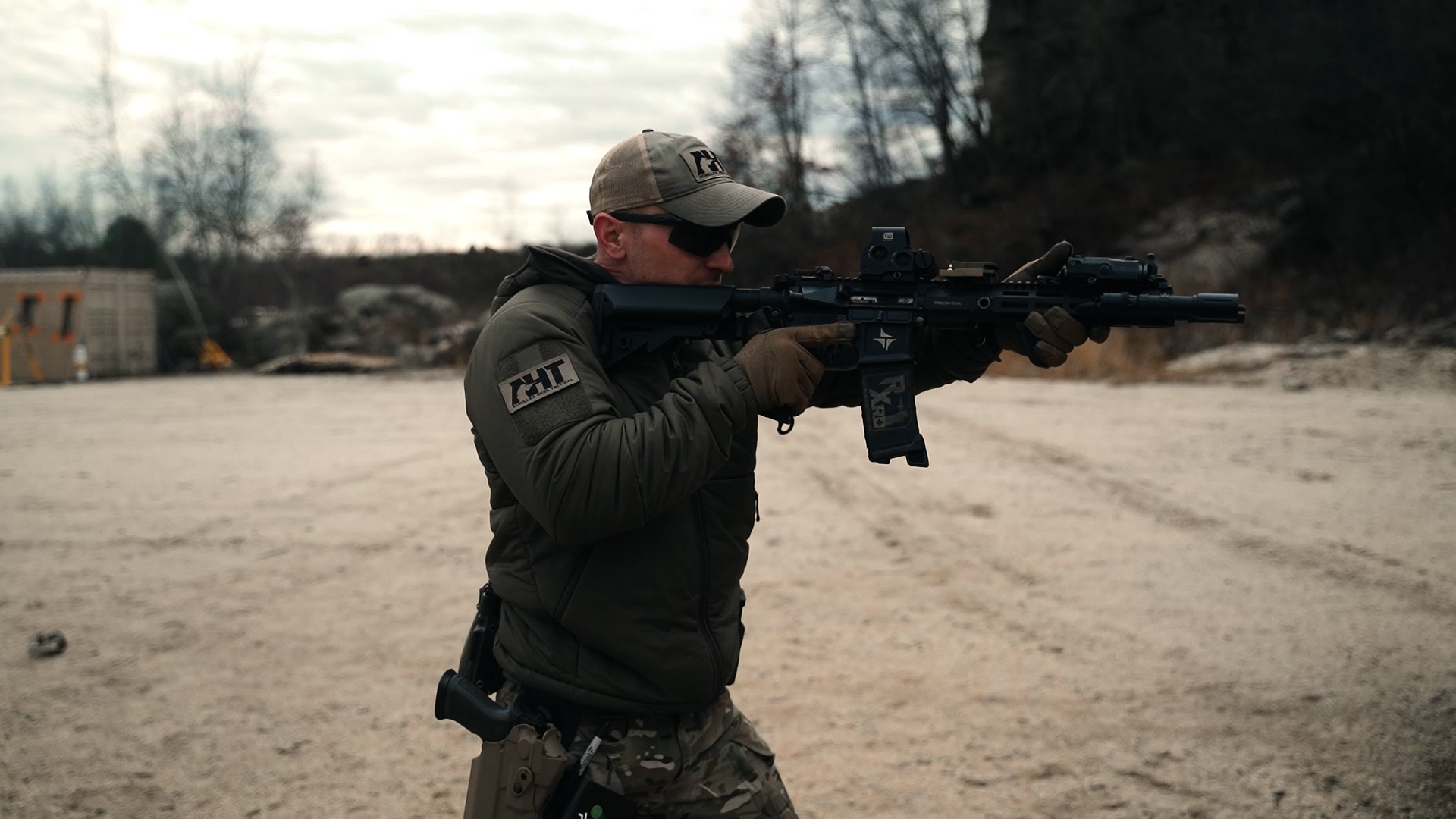
When reloading, it is important to ensure that the muzzle of your gun points in a safe direction. There are three types of workspace positions you can take, and each has its own benefits depending on what kind or caliber firearm(s) you’re using and how high up from ground level (or lower), far back over shoulder-level, etc. They’ll be pointed when ready for action.
Three Different Common Malfunctions That Can Occur While Reloading
Not all reloads are going to go according to plan. There can be a number of things that go wrong while you reload your rifle. Here are three different common malfunctions that can occur while reloading:
Failure To Feed
One of the most common reloading malfunctions is a failure to feed. This can happen for a number of reasons, but the most common reason is that the ammunition is not being fed into the chamber correctly. This can be caused by a number of things, including a dirty chamber or an incorrect magazine.
Failure To Fire
Another common reloading malfunction is a failure to fire. This can be caused by a number of things, including a dirty chamber or incorrect ammunition. If you’re having trouble with your rifle failing to fire, ensure you are using the correct ammunition and that your chamber is clean. You may also want to check the firing pin to see if it is damaged.
Failure To Extract
The final common reloading malfunction is a failure to extract. This can be caused by a number of things, including a dirty chamber or an incorrect magazine. If you’re having trouble with your rifle failing to extract, ensure you are using the correct magazine and that your chamber is clean. You may also want to check the extractor to see if it is damaged.
If you’re experiencing any of these reloading malfunctions, the first thing you should do is check to see if there is anything obstructing the chamber. If there is, clear it and try again. If the problem persists, you may need to replace the magazine or clean the chamber. Always make sure you are using the correct ammunition for your rifle.
SEAR Engagement
The sear should engage and hold the hammer in the cocked position when you release the trigger. If it doesn’t, then you have a malfunction. There are several things that can cause this, including improper assembly, foreign objects in the mechanism, or damage to parts. If the problem is with the assembly, you will need to take the rifle apart and inspect all the parts.
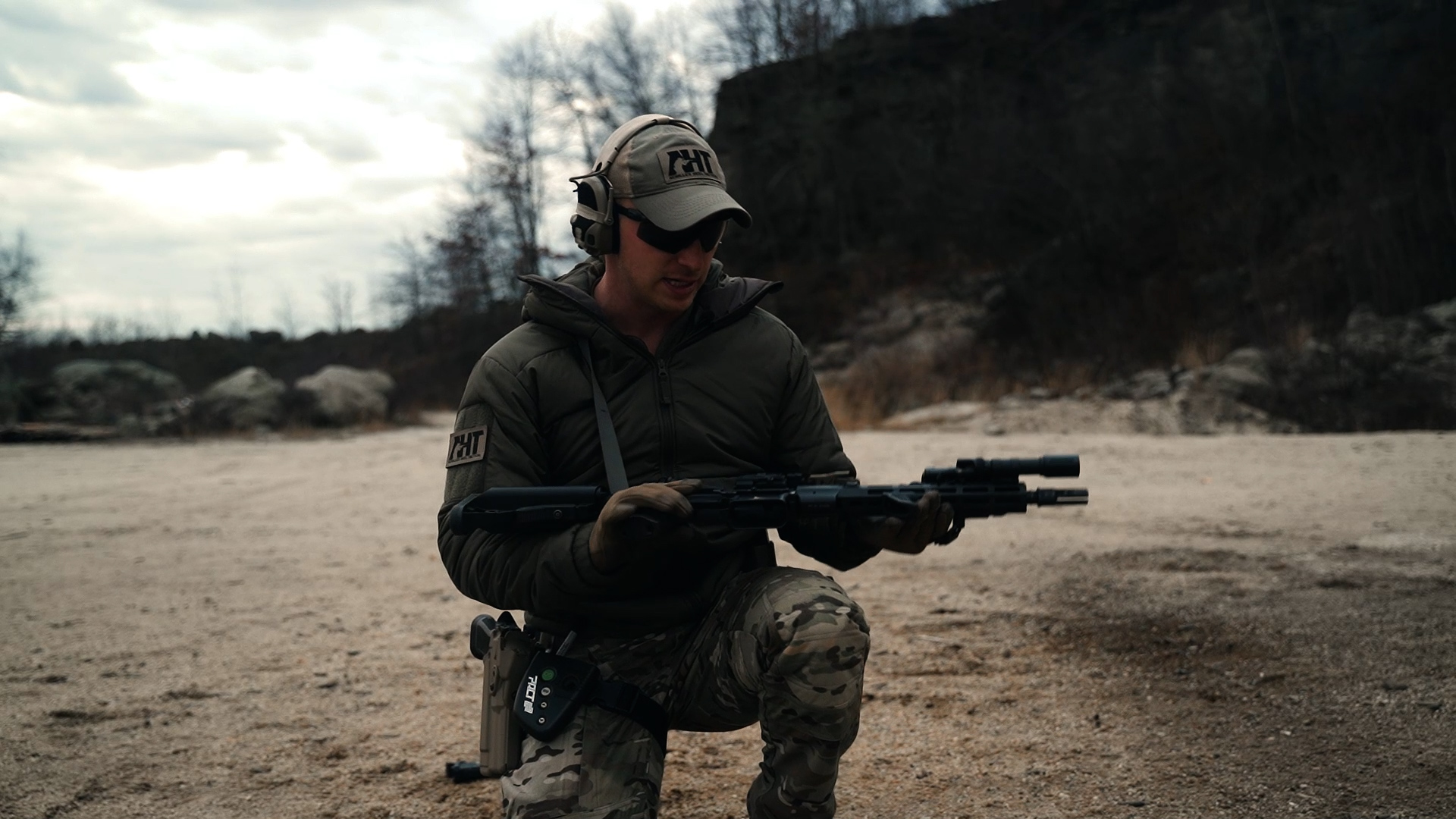
If the problem is with the assembly, you will need to take the rifle apart and inspect all the parts. Make sure that everything is in its proper place and that there are no damaged or missing parts. If you find any damage, you must replace the part.
If there are foreign objects in the mechanism, then you will need to remove them. This can be done by taking the rifle apart and inspecting all the parts. Make sure that everything is in its proper place and that there are no damaged or missing parts. If you find any damage, you must replace the part.
If the problem is with the sear itself, you will need to replace it. This is a relatively easy fix, but it will require that you take the rifle apart. Once you have done this, you will need to inspect all the parts. Make sure that everything is in its proper place and that there are no damaged or missing parts. If you find any damage, you must replace the part.
Conclusion
No matter how well you know your rifle and how smoothly your reloads go, there’s always the chance that something can go wrong. By knowing what to look for and what to do if a malfunction occurs, you’ll be better prepared to handle any situation. Remember, practice makes perfect, so keep practicing until your reloads are smooth and effortless.
The things that we covered here are just the basics. If you want to learn more about reloading your rifle, or other firearms in general, we highly recommend browsing through AchillesHeelTactical.com to find a wealth of information on all things firearms related, including reloading, gunsmithing, or any training you might need.

